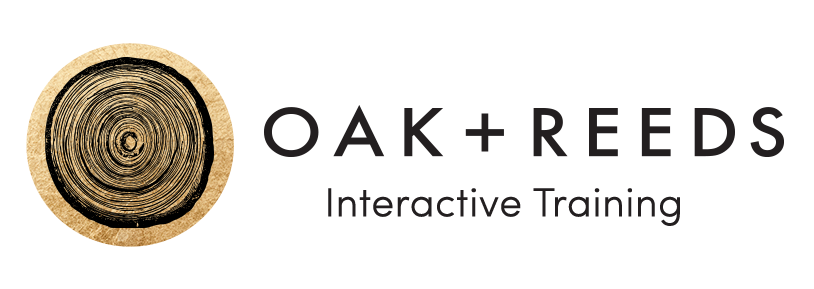Conflict occurs when people perceive that their goals, interests, needs, or values are threatened. Conflicts at work are a necessary and normal part of doing business - in fact, Zapier’s CEO Wade Foster calls conflict and dissent “critical elements to going faster, farther, and better”. Instead of running away from conflict, our goal should be to learn how to disagree more productively.
That’s where collaborative conflict comes in.
When teams embrace collaborative approaches to managing team conflict, they create longer-lasting and more effective solutions to problems while fostering understanding, empathy, and mutual respect.
Collaborative conflict helps teams analyze and resolve conflict in a meaningful way. It helps shift the team mindset from "Me vs. You" to "Us vs. The Problem".
Understanding Thomas-Kilmann’s Five Modes of Conflict helps teams ask the right questions and choose the best response for every team conflict. It helps teams choose the best conflict resolution strategy for every situation rather than sticking to the approaches they have more experience with or feel more comfortable using.
Collaborative conflict helps teams shift their mindset from "Me vs. You" to "Us vs. The Problem"
The Thomas-Kilmann model compares conflict modes along two dimensions: assertiveness and cooperativeness.
Assertiveness is the degree to which you try to satisfy your own concerns during a conflict. This affects how you might try to meet your needs or receive support for your ideas.
Cooperativeness is the degree to which you try to satisfy the other individuals’ concerns. It’s how much you care about the other person’s needs and ideas.
Thomas-Kilmann’s five conflict modes along Assertiveness and Cooperativeness axes
According to Thomas-Kilmann, there are five conflict modes:
Avoiding is both unassertive and uncooperative.
Using this mode, you try to sidestep the issue by ignoring the conflict or not having to deal with it. This mode is effective if tensions are high or the tools needed to resolve it are not on hand but will be available soon.
Accommodating is unassertive and cooperative.
You are taking care of the other’s needs and not your own. This mode is preferred if you want to choose your battles and decide that deferring to another person is better for you in the long run. The battle may not be worth it or you may realize that your relationship may be damaged by pursuing the issue.
Competing is assertive and uncooperative.
In this mode, you use every tool available to get what you want - sometimes at the expense of the other person’s needs. This mode is very useful in situations where you know you’re right and the consequences could mean others or the business will suffer. The ends justify the means, which means stepping on toes or damaging egos may be worth it. Beware power imbalances - it is not useful to compete with your CEO when you know you’re going to lose!.
Compromising is intermediate in both assertiveness and cooperativeness.
Both sides have to give a little bit - meaning you’re searching for an acceptable solution that somewhat satisfies both people’s needs. This mode is not recommended for critical topics like personal values or areas critical to the business. It is most useful for short-term solutions, especially if you know a better solution is on the way.
Collaborating is the gold standard.
It is high in both assertiveness and cooperativeness, finding a solution that completely satisfies both parties’ concerns. Of all conflict modes, this one requires both sides to agree to a process that requires a lot of listening, time, and effort. This is useful when both sides agree that it is worth taking the time to protect and strengthen their relationship.
There are no good or bad conflict modes. They each have a time and place depending on the situation. Great conflict conductors will be able to accurately assess the conflict scenario and determine the best conflict mode for it.
Need some help deciding which conflict mode fits your situation? Download this handy guide to decide!


